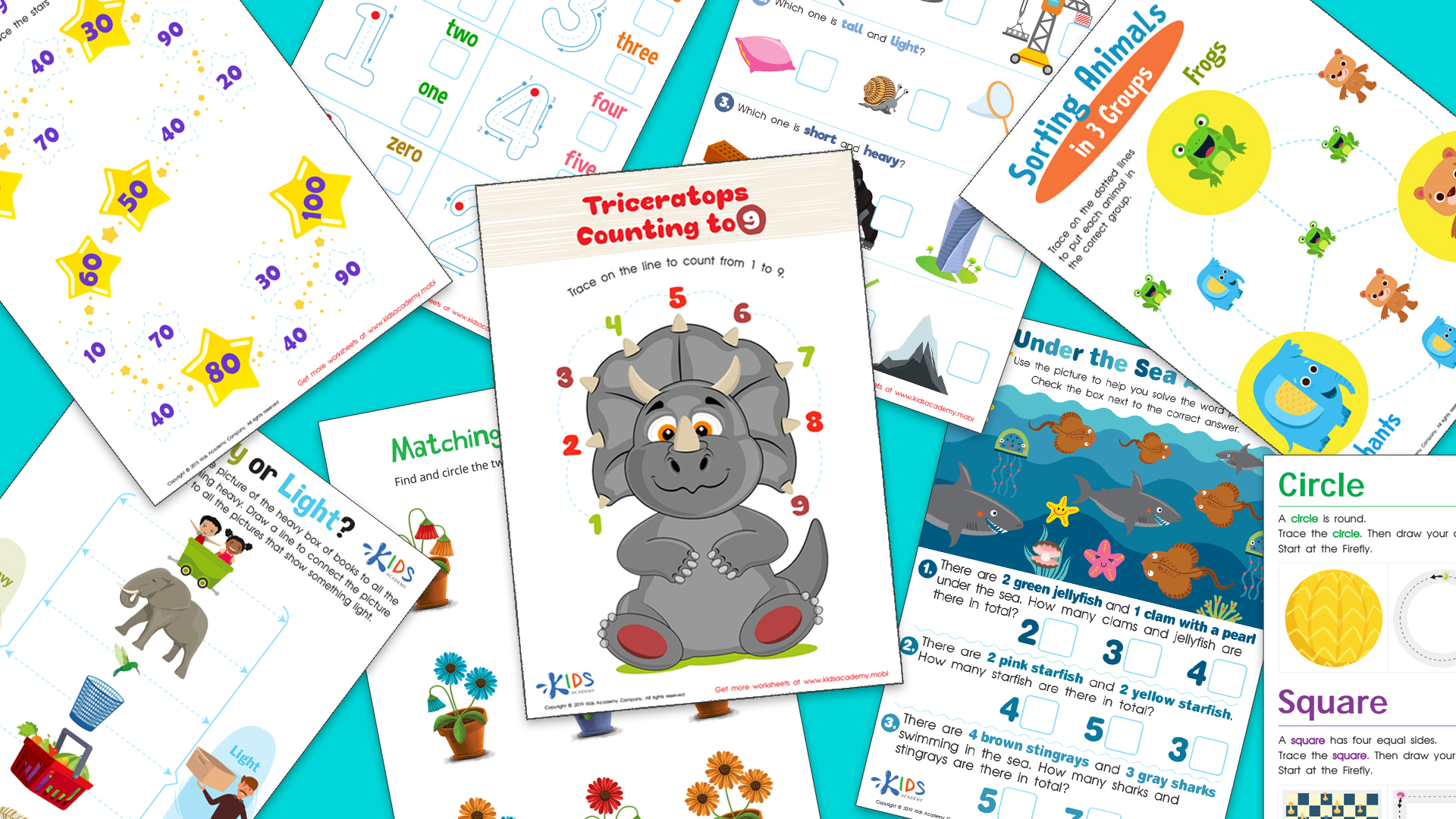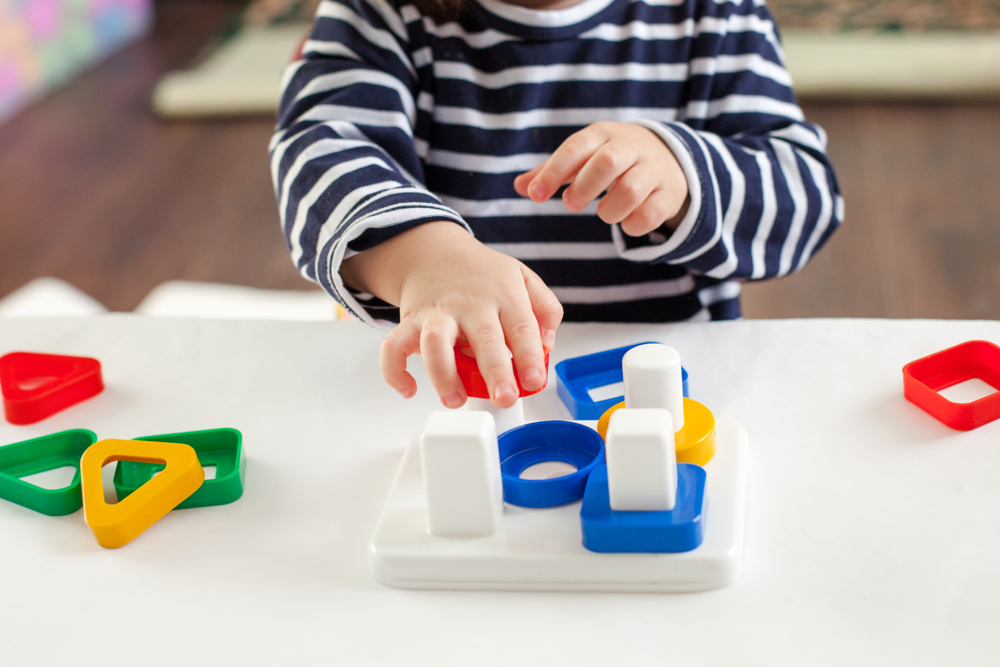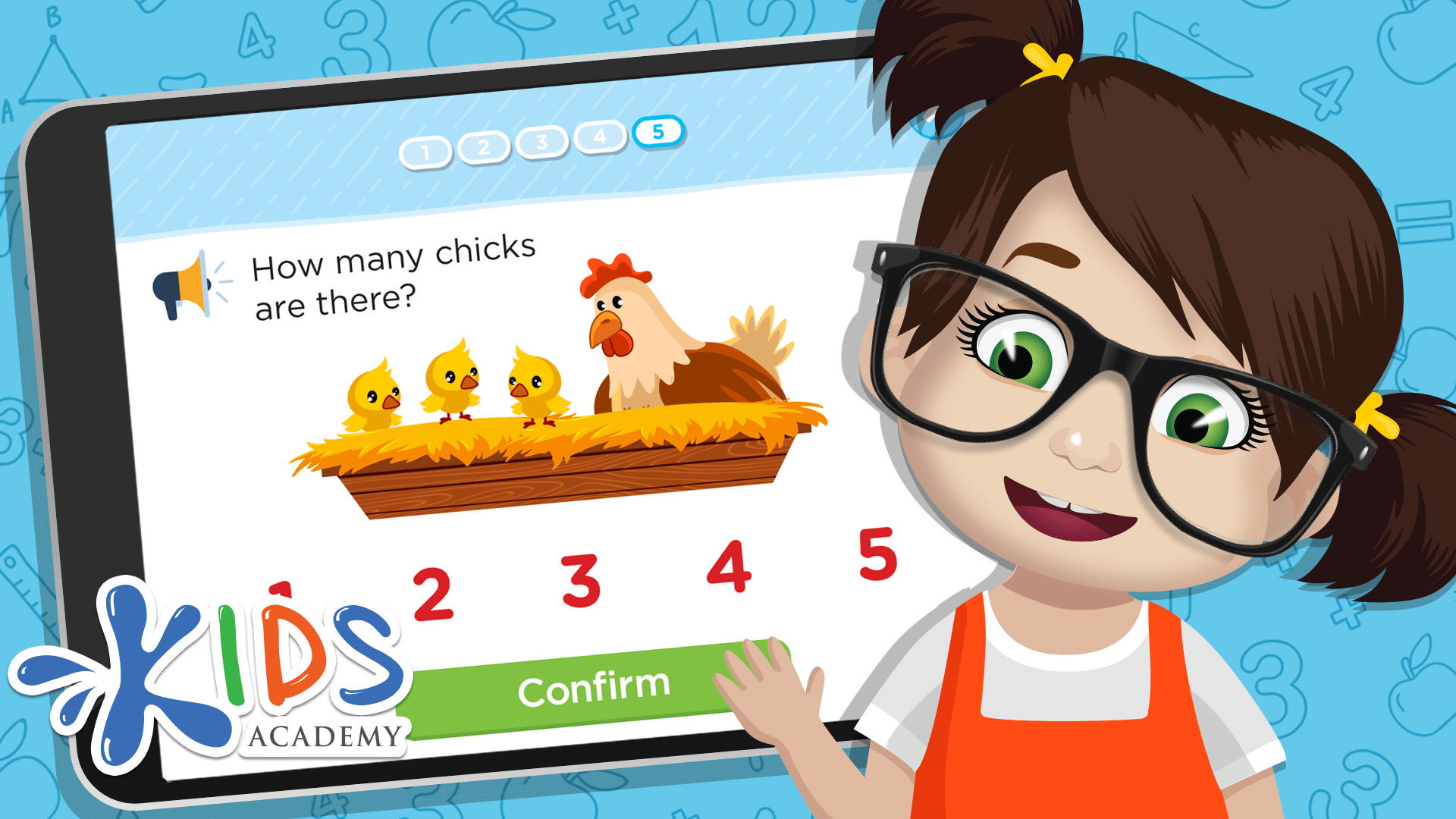Visual discrimination Geometry Worksheets for Ages 6-7
7 filtered results
-
From - To
Enhance your child's geometric understanding with our engaging Visual Discrimination Geometry Worksheets tailored for ages 6-7! These worksheets are specifically designed to improve visual discrimination skills, helping young learners distinguish shapes, sizes, and spatial relationships. Through fun and interactive activities, children will identify, compare, and classify various geometric figures, building a strong foundation for future math concepts. Ideal for enhancing classroom learning or at-home practice, our worksheets foster critical thinking and problem-solving abilities while making geometry enjoyable. Perfect for early grade teachers and parents alike, these printable resources will captivate young minds and nurture their love for mathematics!
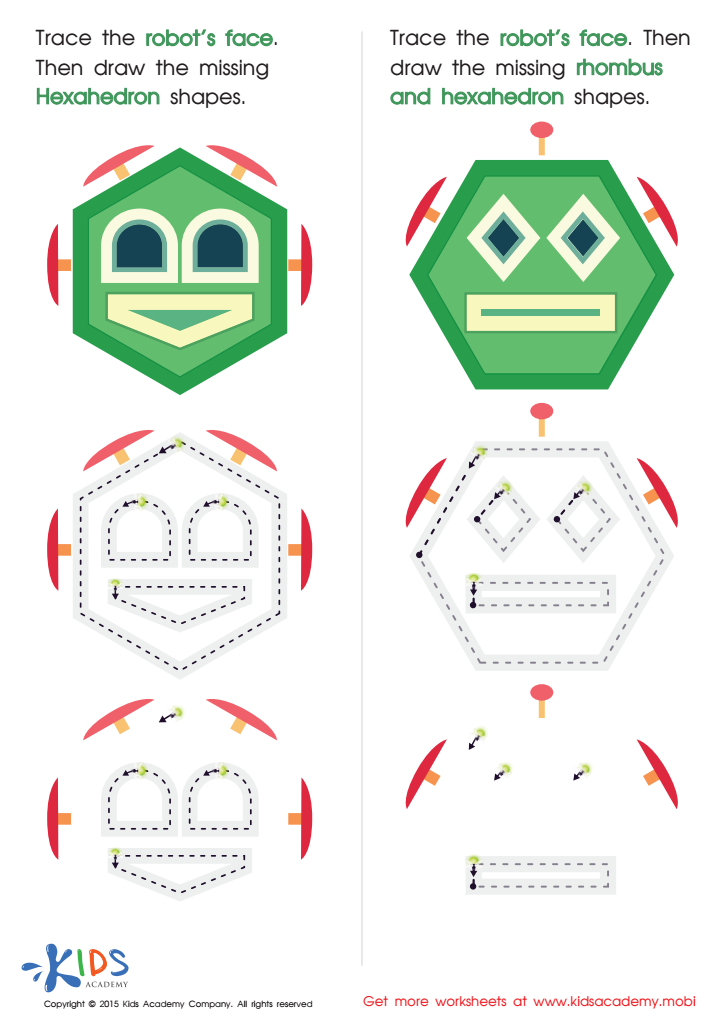

Practice Drawing Hexahedrons And a Rhombus Worksheet
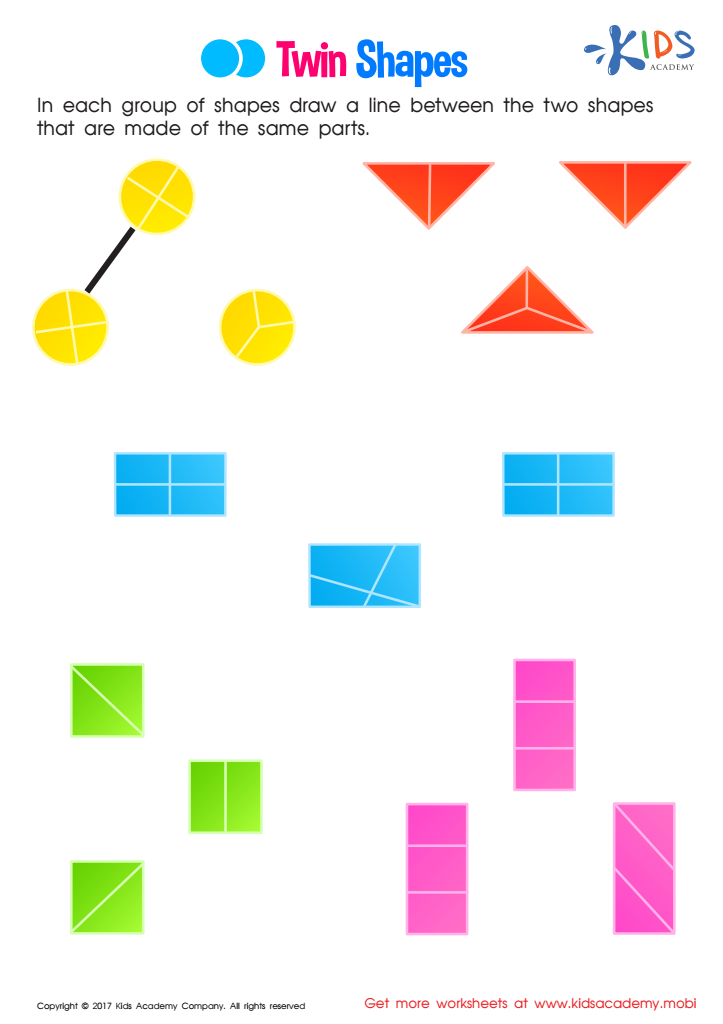

Twin Shapes Worksheet
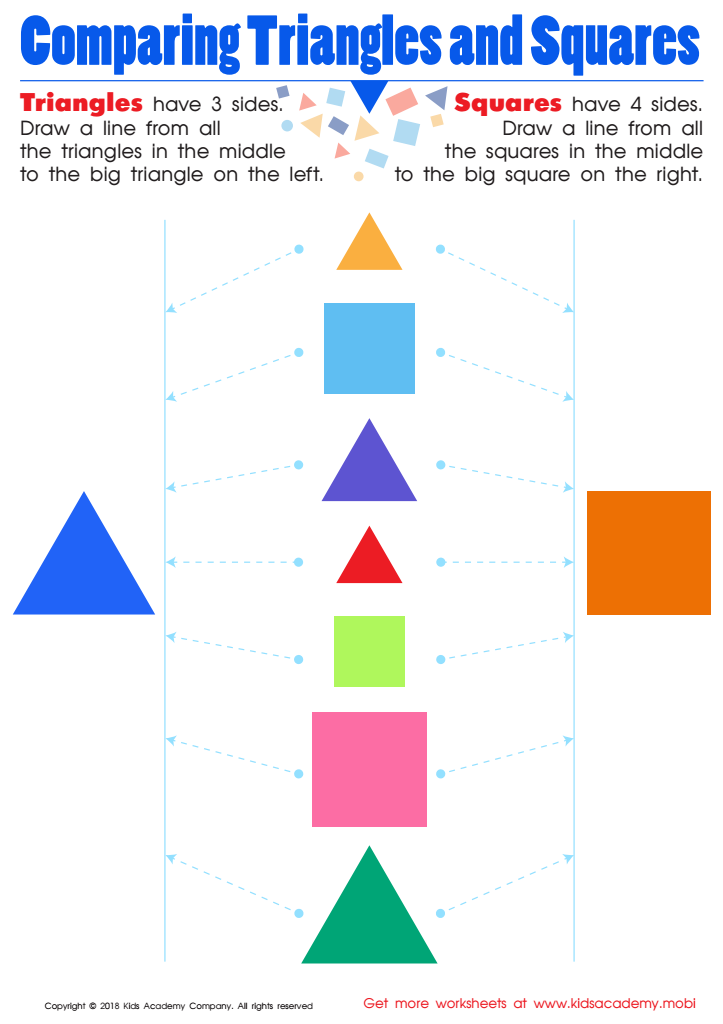

Comparing Triangles Squares Worksheet
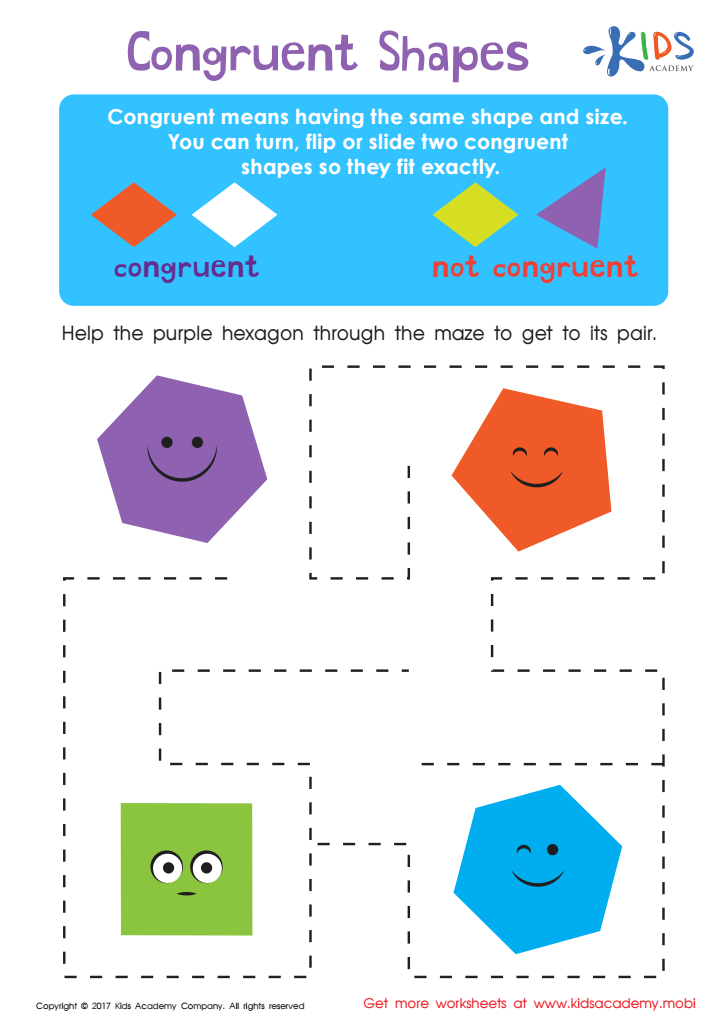

Congruent Shapes Worksheet
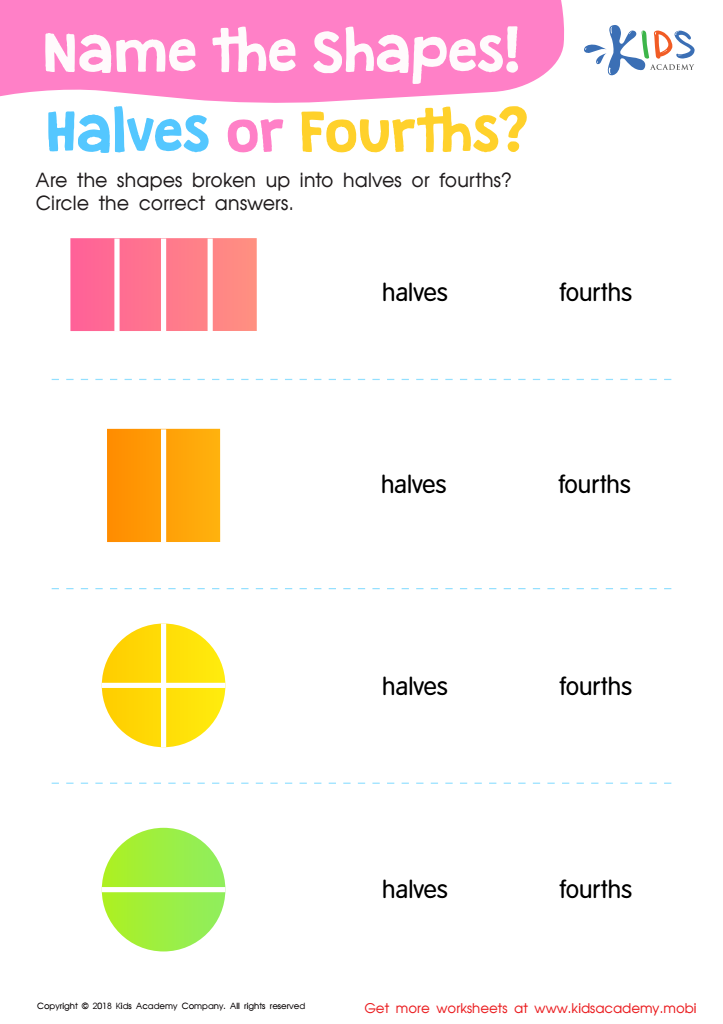

Name the Shapes Halves or Fourths? Worksheet
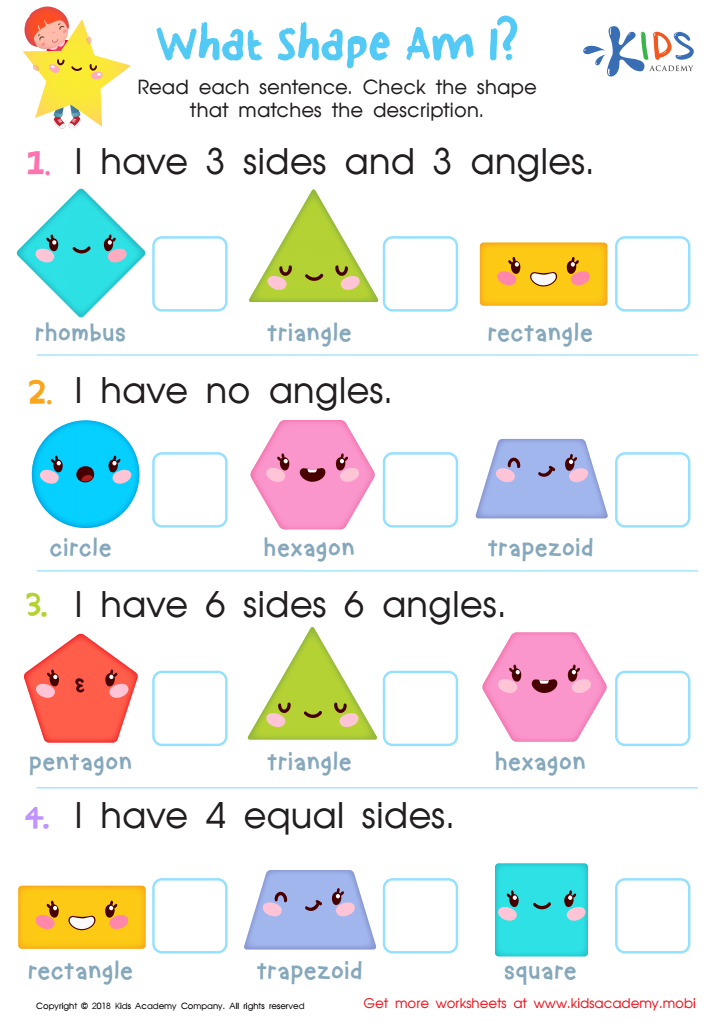

What Shape Am I? Worksheet
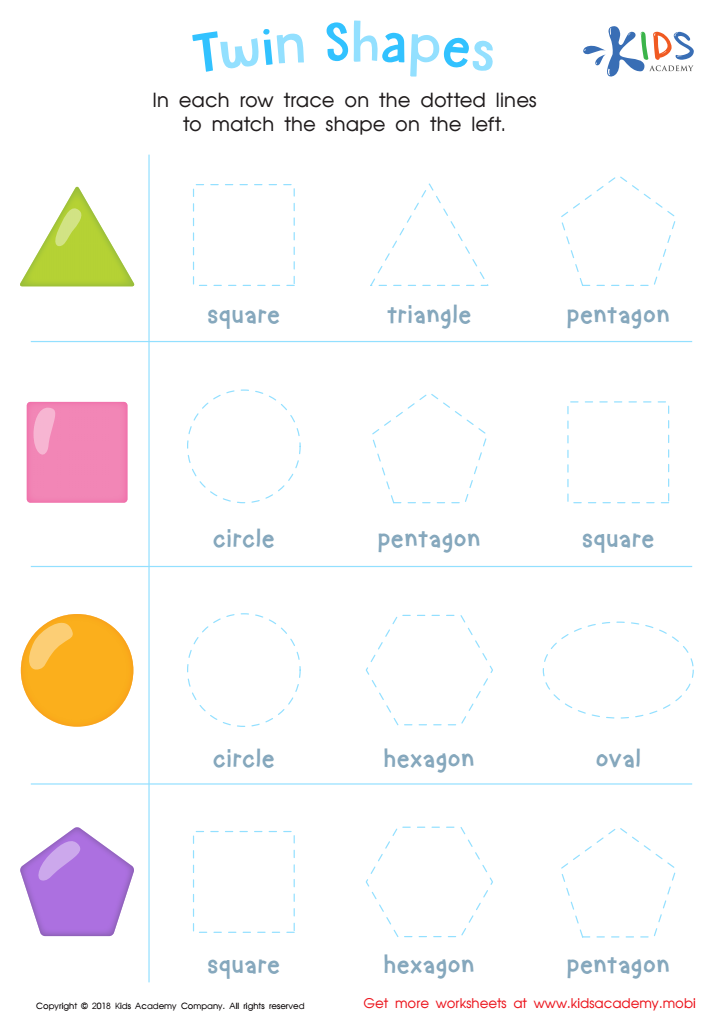

Twin Shapes Dot-to-Dot Worksheet
Visual discrimination in geometry is crucial for children aged 6-7 as it lays the foundational skills necessary for understanding shapes, spatial relationships, and other key mathematical concepts. At this age, children are naturally curious and eager to explore their environment, making it an ideal time to develop their ability to distinguish between different shapes, sizes, and orientations.
Parents and teachers should care about visual discrimination because it directly impacts a child's ability to solve problems and think critically. Mastering visual discrimination helps children recognize patterns, classify objects, and understand symmetry and congruence, which are essential in geometry and everyday life.
Additionally, strong visual discrimination skills enhance a child's confidence as they engage in math-related activities, fostering a positive attitude towards learning. This skill set also translates to improved reading abilities, as recognizing different letters and words often relies on the same visual discernment.
Moreover, encouraging visual discrimination in early education supports the development of fine motor skills through activities like drawing and building. Overall, when parents and teachers prioritize visual discrimination in geometry, they equip children with essential skills that serve as cornerstones for future academic success and logical thinking.
 Assign to My Students
Assign to My Students







